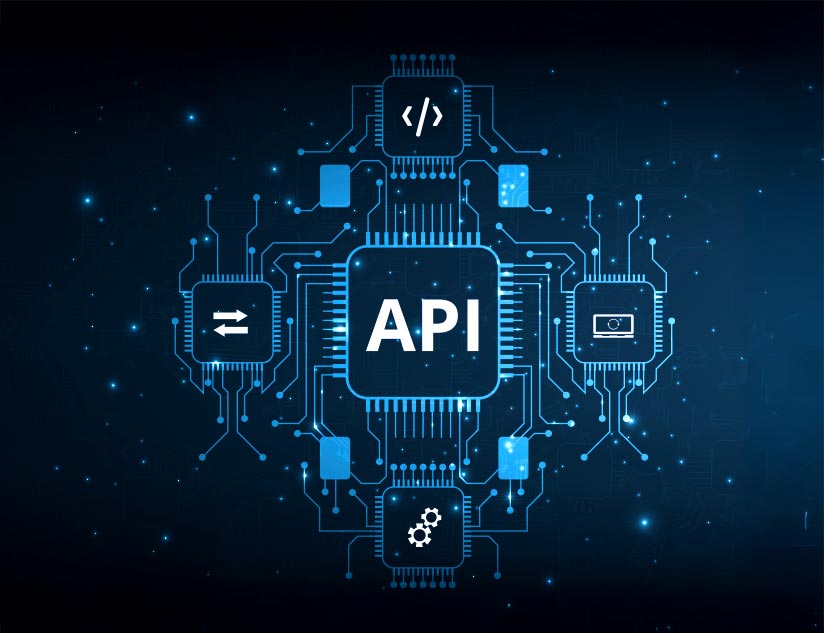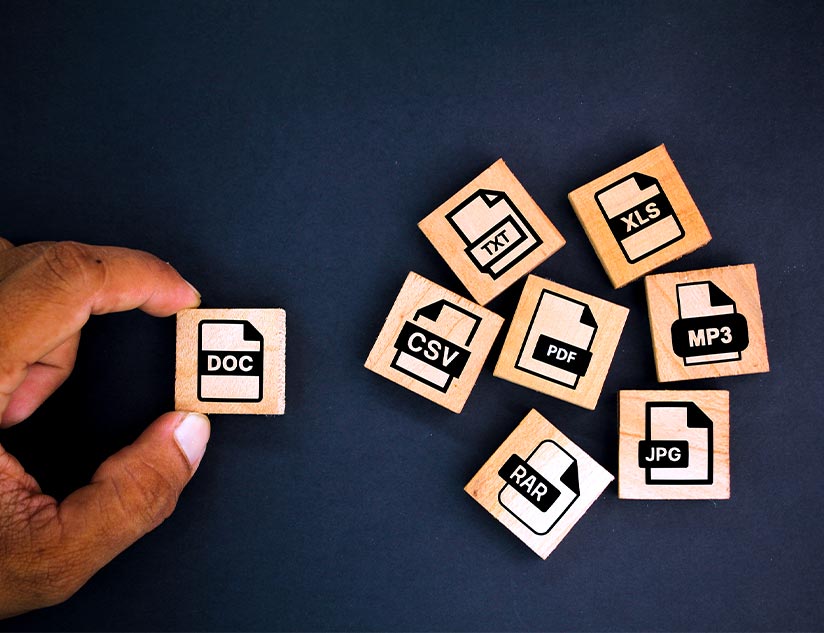Supported by Internet penetration, the global online K-12 education market is forecasted to reach $381.9 billion by 2032, growing at a CAGR of 17.73% from 2024 to 2032. Unsurprisingly, 48% of this revenue is expected to be generated from North America, where over 90% of households have access to digital learning devices and a stable internet connection. More importantly, the sentiment regarding education via digital K-12 content distribution platforms is strongly positive in the region, with 7 in 10 parents believing that it complements or can potentially replace traditional classrooms. The US Department of Education released new regulations in December 2024 to emphasize greater transparency and accountability, recognizing the deepening role of online learning. With enhanced oversight and tighter reporting guidelines, compliance is imperative for educational publishing to not just survive but expand across the US market.
Key Challenges in the US Market
While the US market is a treasure trove of opportunities for K-12 and higher-ed publishers, content distribution must navigate the shifting currents.
Regulatory Reefs: Compliance with Diverse Curricula and Guidelines
Given that the US education system is decentralized, each state’s curriculum aligns with its specific needs. K-12 educational publishers who wish to expand content distribution to new markets must align their courses to distinct curricula.
This means you must develop modular content that can be effortlessly organized and assigned to create distinct learning journeys. K-12 content authoring and distribution platforms that enable AI-powered modular content generation can be a game-changer for entering such unchartered waters.
However, compliance in educational publishing goes beyond course content. The US is extremely cautious of the users’ privacy and learners’ data protection. Compliance with oAuth 2.0, SAML 2.0, FERPA, and COPPA is non-negotiable. Plus, digital learning platforms must adhere to interoperability guidelines to stay competitive in the online education space.
Opting for tools, such as MagicSync, enables K-12 publishers to effortlessly meet compliance standards. Streamlined K-12 content distribution allows your valuable human resources to focus on what matters most – delivering quality education.
Docking at Diverse Ports: Integrating Distinct Learning Tools
Most schools today already have some form of online learning tools, even if used sparsely. They look for K-12 learning and content distribution solutions to accommodate their existing tech. This may reduce teachers’ resistance to new technology and time to adapt to new digital learning platforms. Plus, enabling seamless learning management through single sign-on can elevate user experiences.
Digital learning platforms that seamlessly integrate with popular SIS and rostering tools, such as Google Classroom, Clever, Canvas, Schoology, etc., have a higher chance of adoption. Single sign-on to enable one-click access to various learning apps through a single secure login enables learning without interruptions. MagicBox™’s All-in-One Learning Platform has powerful accessibility and user identity management features to offer effortless school-wide controlled access.
Trimming the Sails: Adapting the Content to Global Audience
Simply translating your content to diverse languages doesn’t cut it any longer. Content adaptation has several layers:
Localization
Educational content localization involves using the right imagery and delivering relatable interactive learning experiences.
The content must adapt to American cultural contexts, pedagogical approaches, and diverse learner needs. For instance, include game elements and arenas that align with students’ perceptions. Using characters that dress up, gesture, and tell tales that the children of these regions grow up listening to can prove invaluable.
Personalization
Accommodating individual learning styles, paces, and knowledge and skill acquisition levels is critical to ensuring academic success. Meeting the needs of every learner is among the top agendas for education. Leveraging learning analytics to personalize learning journeys, content delivery style, tone, and assessments is crucial for effective engagement.
MagicBox™’s learning analytics offer deep insights into students’ learning behaviors. The digital learning platform creates a variety of student reports, individual, class-level, and school-level, to provide a detailed view of educational progress. The tool also tracks the time spent on various content types. These insights help enhance student engagement levels and facilitate personalization, which drives increased retention and learner satisfaction. The platform also identifies the device being used to optimize K-12 content distribution for various screen sizes and platforms.
The bottom line is that content must be tailored to the learner at scale. This is especially crucial for a diverse demographic as in the US, with distinct curricular requirements governed by state laws.
Unlocking the Potential of an Abundant Ocean
The colossal US educational learning landscape is a sea of treasures for educational publishers. All districts in a state strive for excellence via efficient and interconnected learning ecosystems. Expanding in the US market doesn’t have to be complex. MagicBox™ ‘s K-12 course authoring, publishing, and content distribution tools foster immense scalability. They enable effortless educational content localization and delivery of interactive learning experiences through various compliances and integrations needed for the US market. Reach out to us at info@getmagicbox.com to learn more.















